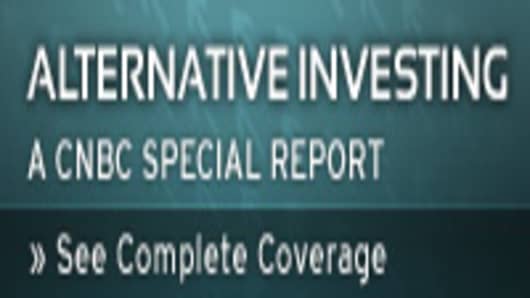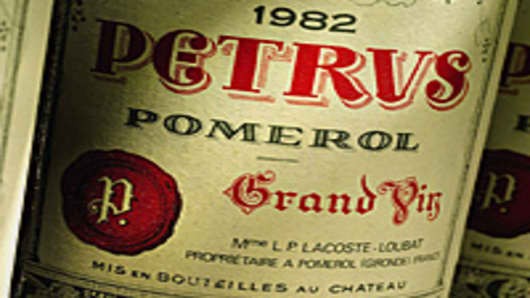The offerings to the wine-drinking public grow more varied each year, with even China now producing award-winning vintages.
But for reliable investment-grade wine, look only to France, principally select wines from Bordeaux, and a few from Burgundy and the Rhone Valley.
“Top Bordeaux and Burgundy have increased the most in the last few years, particularly Chateau Lafite Rothschild [a Bordeaux], which was being bought in the Far East in a big way,” says Richard Harvey, senior international director, wine department at Bonhams in London. “The 2008 vintage of Chateau Lafite increased by 400 percent in value from summer 2009 to summer 2011, although it has fallen away by 40 percent in the last six months. In Burgundy, the wines of the Domaine de la Romanee-Conti are very highly sought after.”
It's no accident that Bordeaux wines are especially revered. This region in southwest France with a maritime climate is ideally suited to produce fine wine, say experts, and the vintners naturally employ many of the world's most skilled winemakers.




